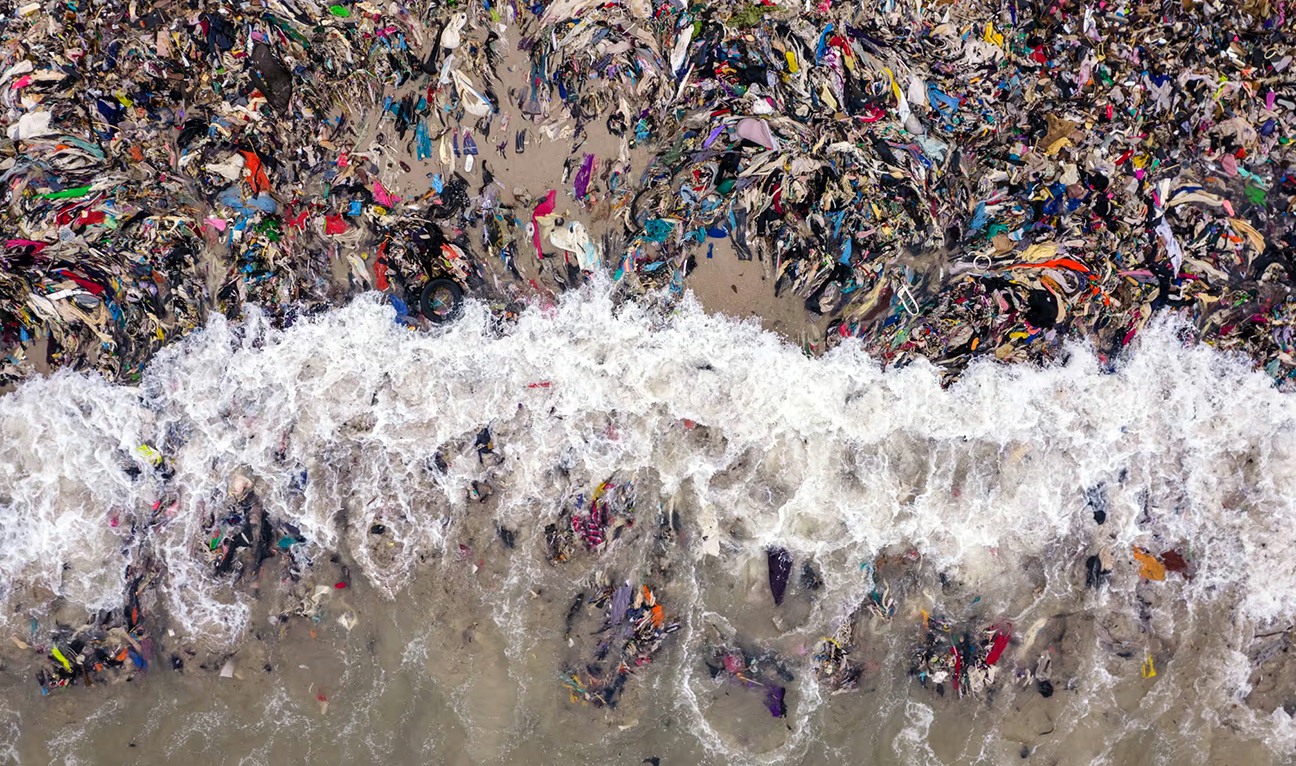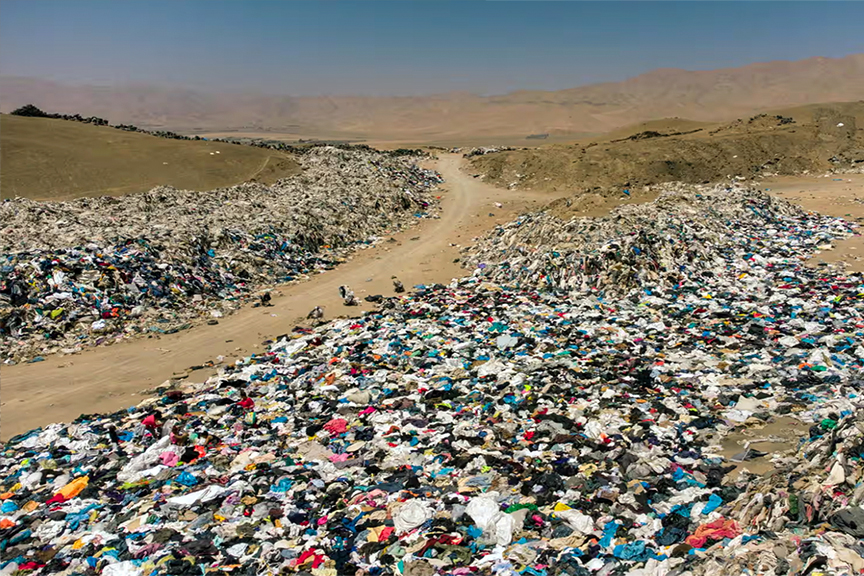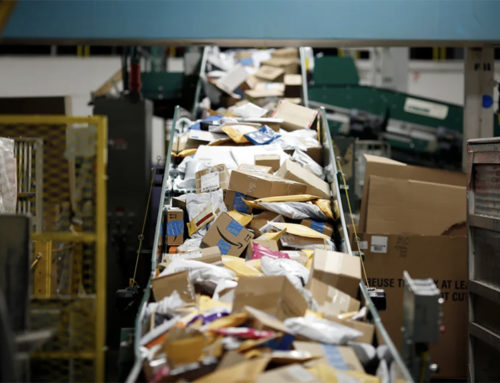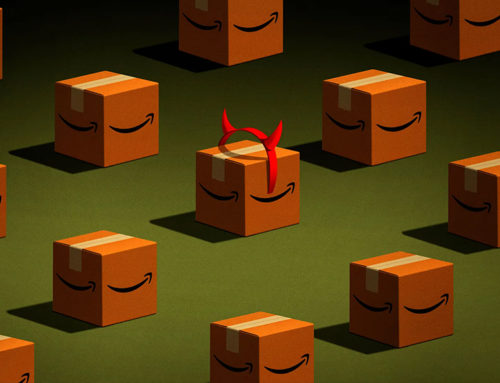General consumers have no idea of the waste in the textile industry. You think the world is underclothed, but it’s peril comes at the hands of greed, and the drive for profit. More clothing is thrown away annually than purchased and it’s become a waste issue. However, in the picturesque Swedish coastal town of Sundsvall, the sun seemingly never stops shining. It’s here that Renewcell, the world’s pioneering commercial-scale textile-to-textile recycling factory, established its massive warehouse, offering a glimpse into a potential solution for the fashion industry’s textile waste dilemma.
Renewcell’s state-of-the-art facility, operational since last year, stands at the water’s edge, where ships transport 400kg bales of shredded cotton and denim from textile waste sorters in Germany, Switzerland, and Sweden. Inside the warehouse, towering bales form colossal fabric pyramids, each containing ribbons of navy blue and black fabric, each weighing 500 tonnes. Every month, the plant can process ten times that amount and transform it into a material known as Circulose. While Circulose resembles chalky craft paper, it can be used to produce viscose rayon, which, in turn, can be fashioned into new clothes.
Renewcell’s CEO, Patrick Lundström, sees their mission as a vital step in achieving circularity in the fashion industry, replacing the traditional practice of sending textile waste to landfills or incineration.
However, Renewcell’s capacity to process 60,000 tonnes of textile waste by the next year, though impressive, remains a drop in the ocean. In 2020, the European Union and Switzerland generated a staggering 7 million tonnes of garment waste, projected to rise to over 8.5 million tonnes by 2030. Approximately 70% of this waste ends up in landfills or incinerators, while only 30% is collected through donation bins and take-back programs. Even better-quality garments from this category face an uncertain future, either sold in vintage stores or shipped to Africa and Asia for resale.
A report by the Changing Markets foundation published in February revealed a grim truth: as much as half of the clothing dispatched to the global south is of such poor quality that it ends up in rivers or serves as highly toxic fuel. The fraction that is upcycled into new clothing hovers between 0.1% and 1%.

While companies like Renewcell possess chemical recycling technology for creating virgin-quality fibers theoretically recyclable in a loop, achieving commercial-scale implementation has been sluggish. The Hong Kong Research Institute of Textiles and Apparel (HKRITA) inaugurated a recycling plant in Indonesia in 2021 but recycles fewer than 1,000 tonnes annually. Mechanical recycling, which has existed for years, contributes only minimally to the fiber market and often necessitates blending with virgin fibers for clothing applications.
Textile recyclers encounter common challenges, including the complexity of handling blended fibers, a lack of waste collection infrastructure, and the difficulty of securing large orders to justify building expansive factories. Renewcell was fortunate to inherit an old paper mill powered entirely by renewable energy, and it formed partnerships with organizations like H&M and Canopy to receive orders from fashion brands such as Levi’s, Ganni, and Filippa K. Nevertheless, the company has reported weaker-than-expected sales, reflecting the enduring challenges of this industry.
The textile waste crisis has begun attracting legislative attention. Extended producer responsibility schemes will soon hold brands accountable for the end-of-life phase of their products. In the European Union, the destruction of unsold goods will be prohibited from 2024, and textiles will be collected separately for recycling from 2025. The UK is also contemplating legislative action, signaling an increasing awareness of the fashion industry’s take-make-waste model.
However, the rise of ultra-fast fashion brands, such as Shein and Boohoo, continues to exacerbate the gap between the volume of waste generated and the capacity of textile recyclers. Fast-fashion companies are exploring solutions, with H&M even holding an 11.51% stake in Renewcell. Nevertheless, the industry’s lack of recycling infrastructure and capacity challenges their ambitions to transition to a circular fashion model.
The fundamental issue remains: the fashion industry produces an excessive quantity of clothing. While textile recyclers work toward establishing industrial-scale factories, billions more garments will be created and discarded. Ultimately, the most effective strategy to address fashion waste is not recycling but reducing waste generation in the first place. Recycling should be the last resort, and the focus should shift to producing less waste or wasting less to begin with.






